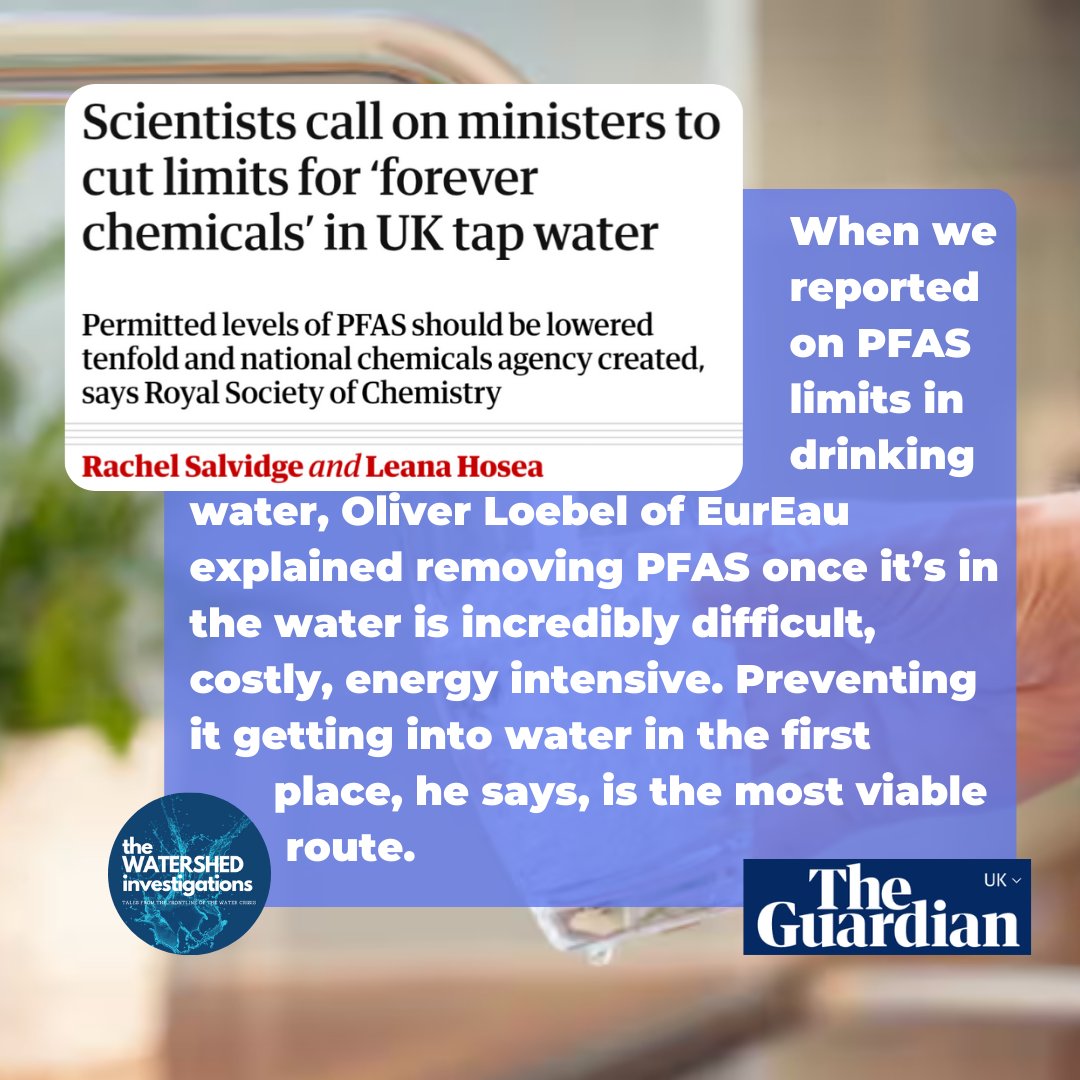The beautiful River Plym entering the important shellfish waters of the Plym Estuary, whence they flow into the Plymouth Sound Marine "Protected" Area. The value of these waters to wildlife might make you think every step would be taken to prevent their pollution... 🧵1/12
A glance at our Watershed Pollution Map, reveals just how many potential pollution sources there are in this area, in spite of its value to wildlife:
2/12 watershedinvestigations.com/home/find-out-…
2/12 watershedinvestigations.com/home/find-out-…

Multiple roads cross the estuary and run along the West side of the estuary. Runoff from roads can contain heavy metals, arsenic, oil, tyre particles, microplastics, PAHs:
3/12 theguardian.com/environment/20…
3/12 theguardian.com/environment/20…
Here, @stormwater_jo describes the horrible harm PAHs, polycyclic aromatic hydrocarbons, cause to wildlife:
Thank you to @bill10brod for the photo. 4/12 podcasts.apple.com/gb/podcast/why…
Thank you to @bill10brod for the photo. 4/12 podcasts.apple.com/gb/podcast/why…
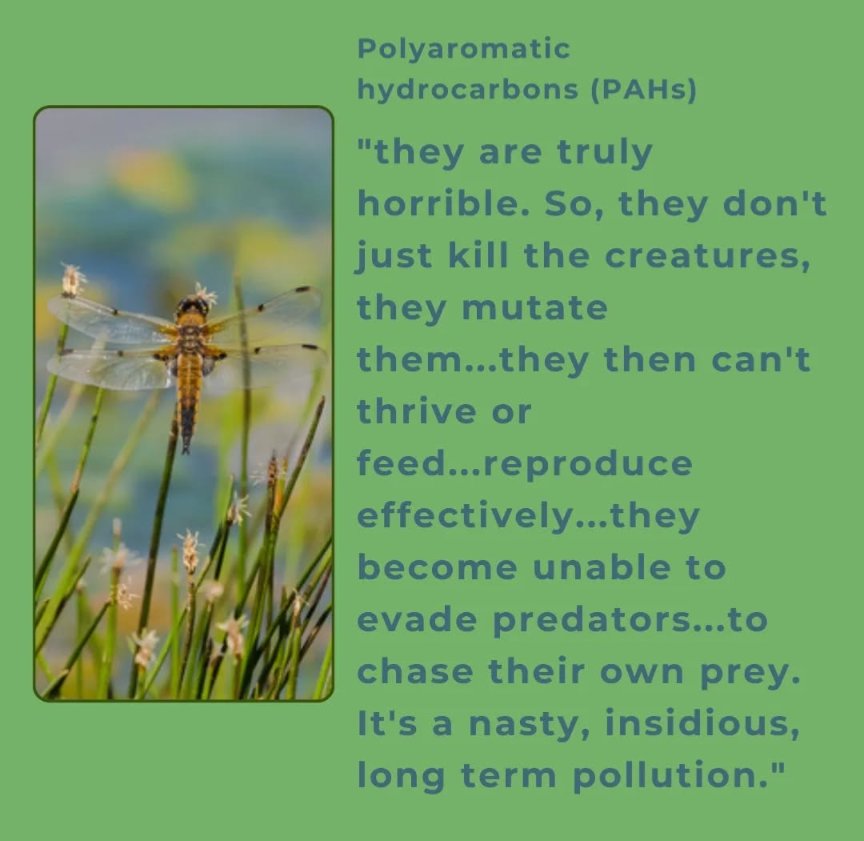
Below this road, Tory Brook, enters the river, having travelled along the middle of a busy road, past a disused landfill & a sewage plant - the water at this point is often cloudy. Many thanks to Ashley Bullard for the photo. 5/12 
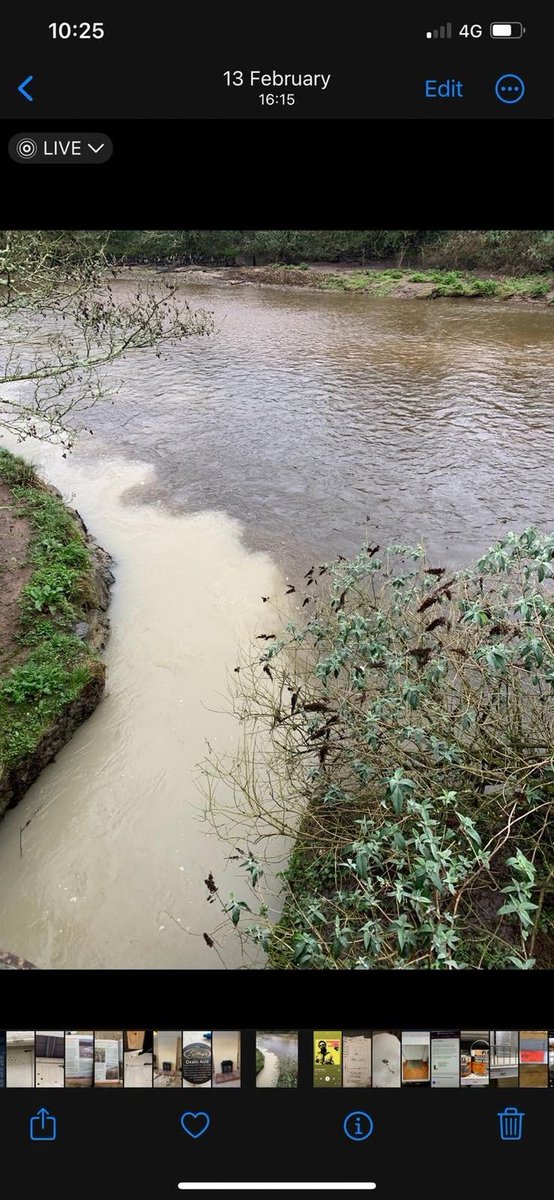
Further down, the estuary passes a landfill. Last year we reported on the pollutants seeping from current & disused landfill:
6/12 theguardian.com/environment/ar…
6/12 theguardian.com/environment/ar…
Sewage, landfill, road runoff & industrial sites, create a cocktail of chemicals & pharmaceuticals in our waterways, as @AlistairBoxall's research exposed last year.
7/12
theguardian.com/environment/ar…
7/12
theguardian.com/environment/ar…
On the West Bank of the estuary is Blagdon Meadow - built on the site of a disused landfill. Research by Dr David Megson & @neill_pippa revealed the way we treat discharge from current or disused landfill can increase levels of banned PFOS & PFOA.
8/12 theguardian.com/environment/20…
8/12 theguardian.com/environment/20…
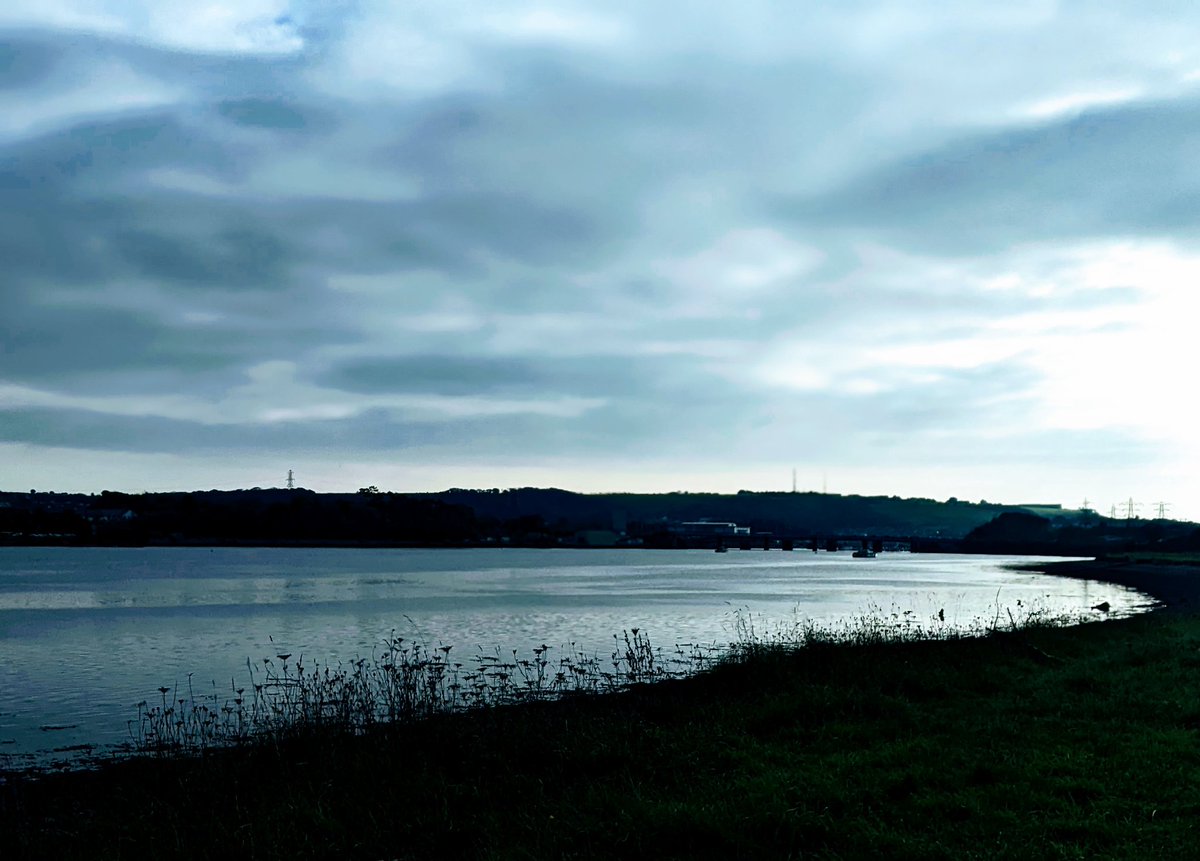
PFOS has been detected in Plymouth Sound. Possible sources for this are many: PFOS can be associated with landfill, military sites, sewage, industrial sites.
9/12 watershedinvestigations.com/home/find-out-…
9/12 watershedinvestigations.com/home/find-out-…
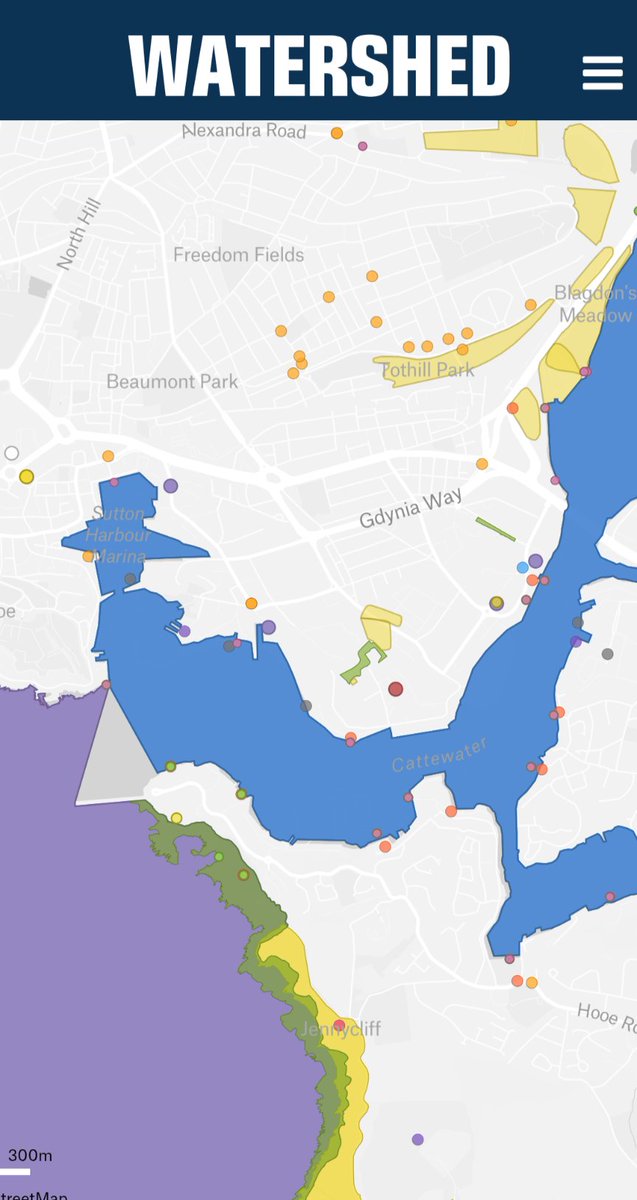
Around the river mouth are a number of industrial sites with permits to discharge:
10/12 watershedinvestigations.com/home/find-out-…

10/12 watershedinvestigations.com/home/find-out-…
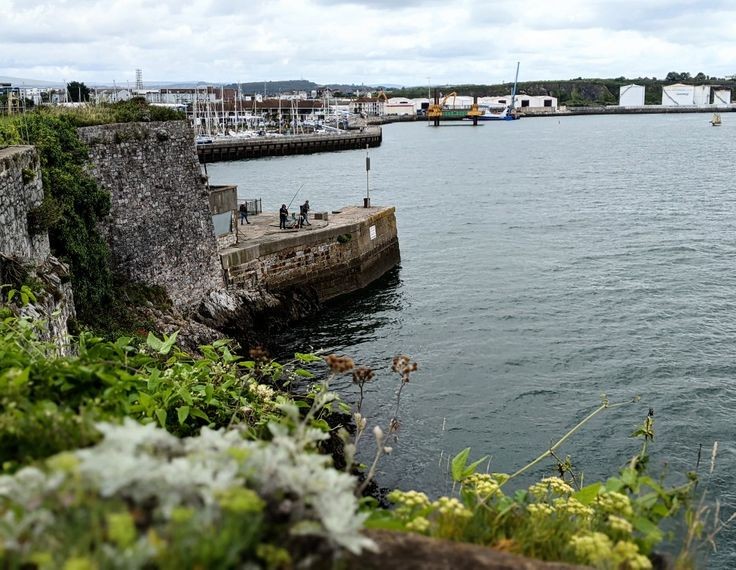
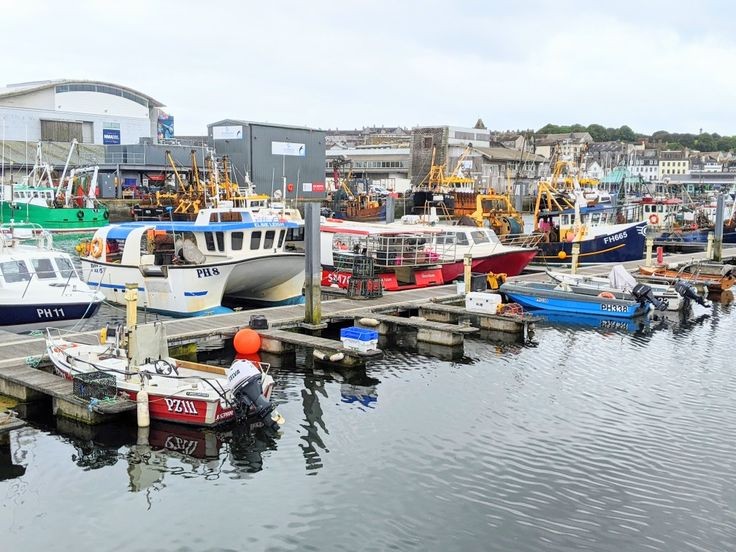
All this is not to point fingers: we all contribute to landfill, we buy consumer goods, we drive cars - but there are reasonable steps that could be taken by politicians, industry & us as individuals to restore estuaries to the hubs of wildlife they should be. 11/12
Find out what's in you local river, estuary, coast or stream, using our Watershed Pollution Map.
12/12watershedinvestigations.com/home/find-out-…
12/12watershedinvestigations.com/home/find-out-…
• • •
Missing some Tweet in this thread? You can try to
force a refresh










